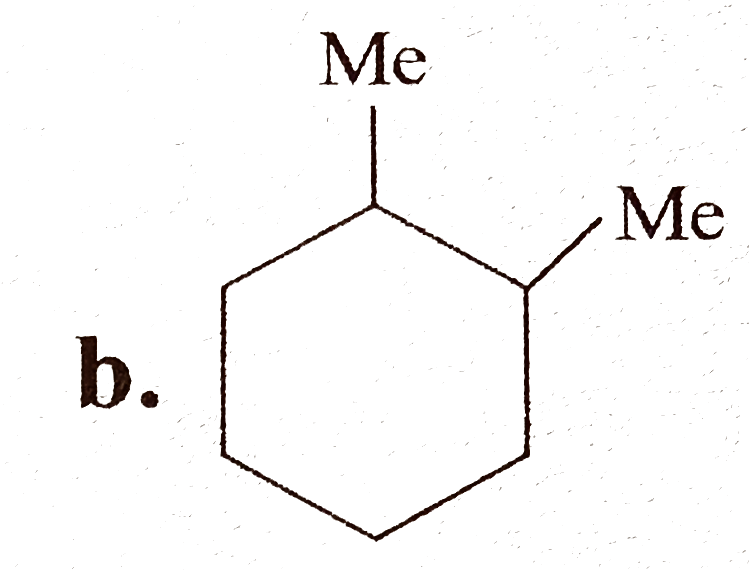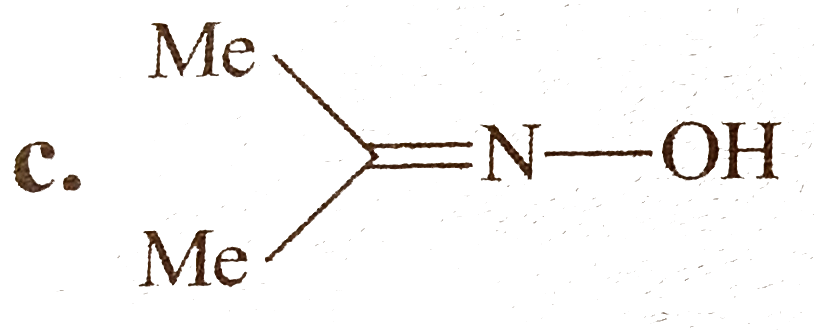Which of the following symptoms is likely to afflict an astronaut in space (a) swollen feet, (b) swollen face, (c) headache, (d) orientational problem.
To determine which symptoms are likely to afflict an astronaut in space, we need to analyze the effects of microgravity on the human body.
1. Understanding Gravity on Earth:
- On Earth, gravity (G) acts downwards, causing blood circulation to flow from the head to the legs. This results in more blood pooling in the legs and less in the head.
- Hint: Think about how gravity affects blood flow in a standing position on Earth.
2. Effects of Microgravity in Space:
- In space, the effective gravitational force is nearly zero (microgravity), which leads to a uniform distribution of blood throughout the body.
- Hint: Consider how the absence of gravity would change the distribution of fluids in the body.
3. Blood Distribution Changes:
- With microgravity, blood is no longer pulled downwards, so it can accumulate in the upper body, particularly the head.
- Hint: Visualize how fluids behave when there is no gravitational pull.
4. Symptoms Due to Blood Redistribution:
- The increased blood flow to the head can lead to a swollen face, as there is more blood in that area compared to when on Earth.
- Hint: Relate the swelling to increased pressure in the head region.
5. Headaches:
- The swelling in the head can cause headaches due to increased pressure and changes in fluid dynamics.
- Hint: Think about how pressure changes can lead to discomfort or pain.
6. Orientation Problems:
- In microgravity, astronauts may experience orientation problems because the usual cues for up and down (provided by gravity) are absent.
- Hint: Consider how you determine direction when there is no gravitational reference.
7. Conclusion:
- The symptoms likely to afflict an astronaut in space include:
- Swollen face (due to increased blood flow to the head)
- Headache (due to pressure changes)
- Orientation problems (due to lack of gravitational cues)
Final Answer:
The correct symptoms are (b) swollen face, (c) headache, and (d) orientation problem.
- On Earth, gravity (G) acts downwards, causing blood circulation to flow from the head to the legs. This results in more blood pooling in the legs and less in the head.
- Hint: Think about how gravity affects blood flow in a standing position on Earth.
- In space, the effective gravitational force is nearly zero (microgravity), which leads to a uniform distribution of blood throughout the body.
- Hint: Consider how the absence of gravity would change the distribution of fluids in the body.
- With microgravity, blood is no longer pulled downwards, so it can accumulate in the upper body, particularly the head.
- Hint: Visualize how fluids behave when there is no gravitational pull.
- The increased blood flow to the head can lead to a swollen face, as there is more blood in that area compared to when on Earth.
- Hint: Relate the swelling to increased pressure in the head region.
- The swelling in the head can cause headaches due to increased pressure and changes in fluid dynamics.
- Hint: Think about how pressure changes can lead to discomfort or pain.
- In microgravity, astronauts may experience orientation problems because the usual cues for up and down (provided by gravity) are absent.
- Hint: Consider how you determine direction when there is no gravitational reference.
- The symptoms likely to afflict an astronaut in space include:
- Swollen face (due to increased blood flow to the head)
- Headache (due to pressure changes)
- Orientation problems (due to lack of gravitational cues)
The correct symptoms are (b) swollen face, (c) headache, and (d) orientation problem.
Topper's Solved these Questions
Similar Questions
Knowledge Check
- Question 1 - Select One
Which of the following is an insect ?
(a) spider
(b) mite
(c) daphnia
(d) silverfishAspiderBmiteCdaphniaDsilverfish - Question 2 - Select One
Which of the following is a fish?
(a) cuttlefish
(b) seahorse
(c) starfish
(d) silverfishAcuttlefishBseahorseCstarfishDsilverfish - Question 3 - Select One
Which of the following problems does the frequent deep sea diver organisms like whales may face ?
ACompression of tissues surrounding air filled cavitiesBHigh blood nitrogen levelsCLack of oxygenDAll of these
Which of the following is diploblastic
(a) Fasciola
(b) Pheretima
(c) Palaemon
(d) HydraView SolutionWhich of the following curves is in according with Freundlich adsorption isotherm?
(a)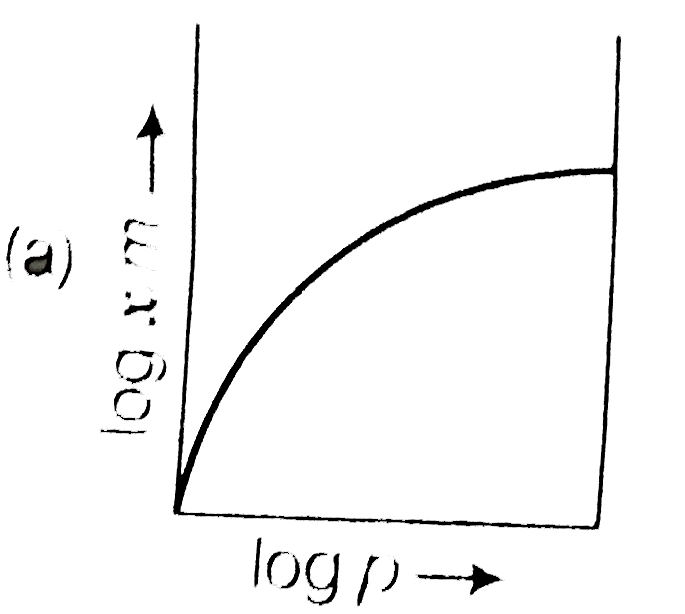
(b)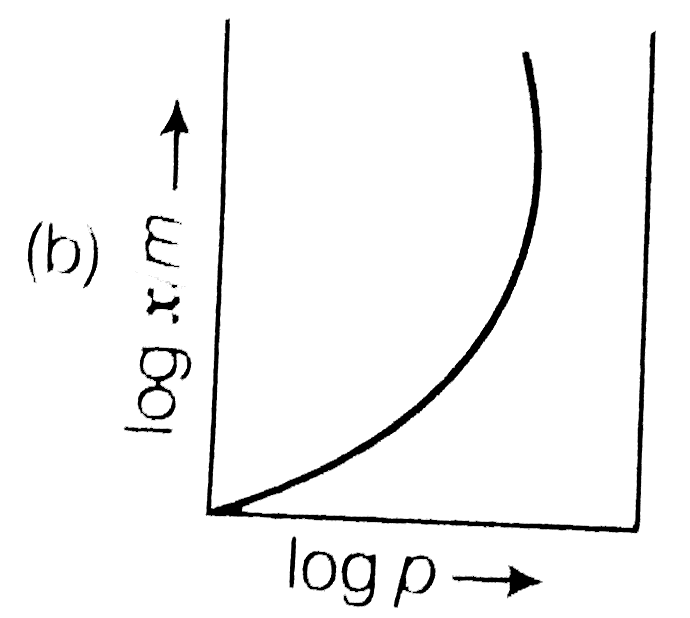
(c)
(d)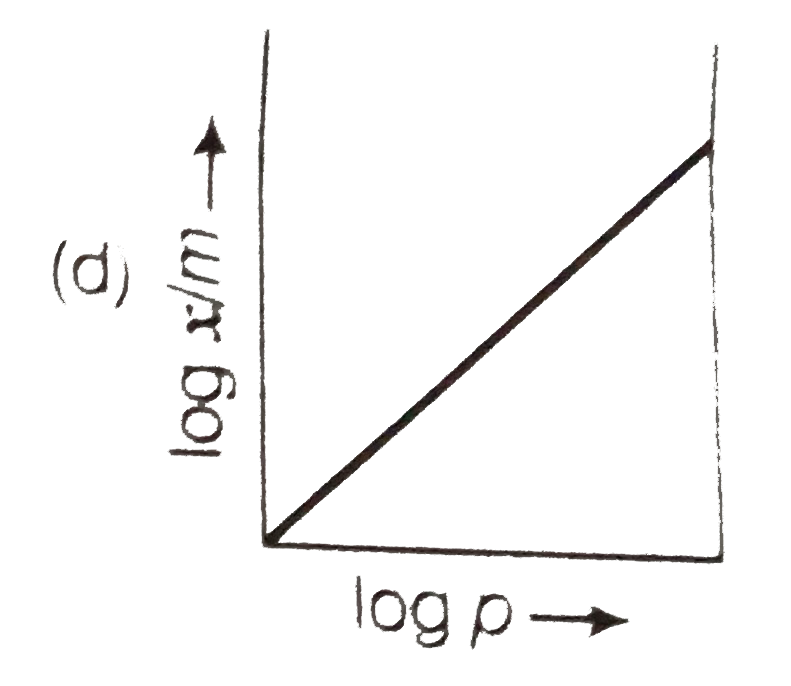 View Solution
View SolutionWhich of the following ways is most likely to decrease the genetic diversity in a population ?
(a) Gene mutation
(b) Genetic recombination
(c) Stabilising natural selection
(d) Immigration of individualsView SolutionWhich of the following are correct about the reaction A+2B⇔C+D
View SolutionMatch the following figures Prisms Nets with areas of faces (a) (b) (c) (d)
View Solution



